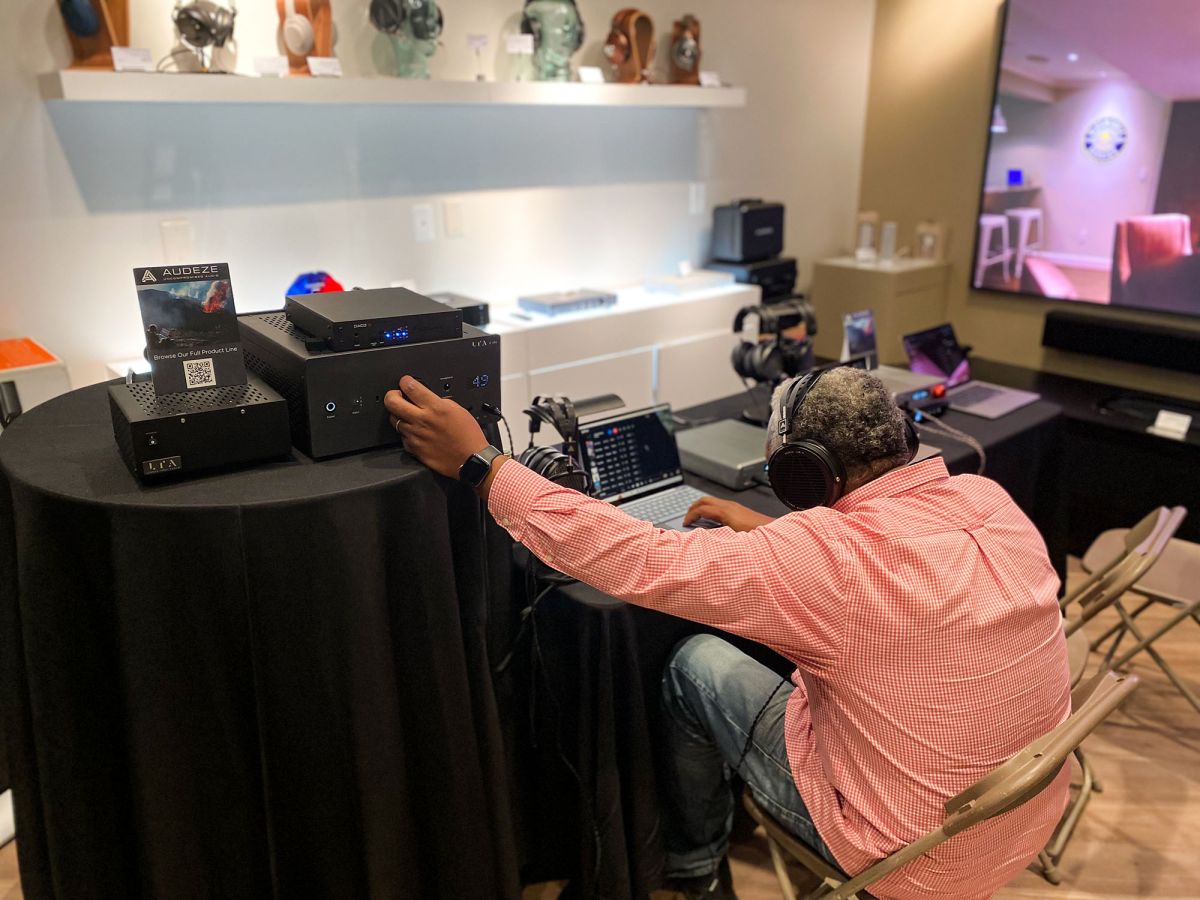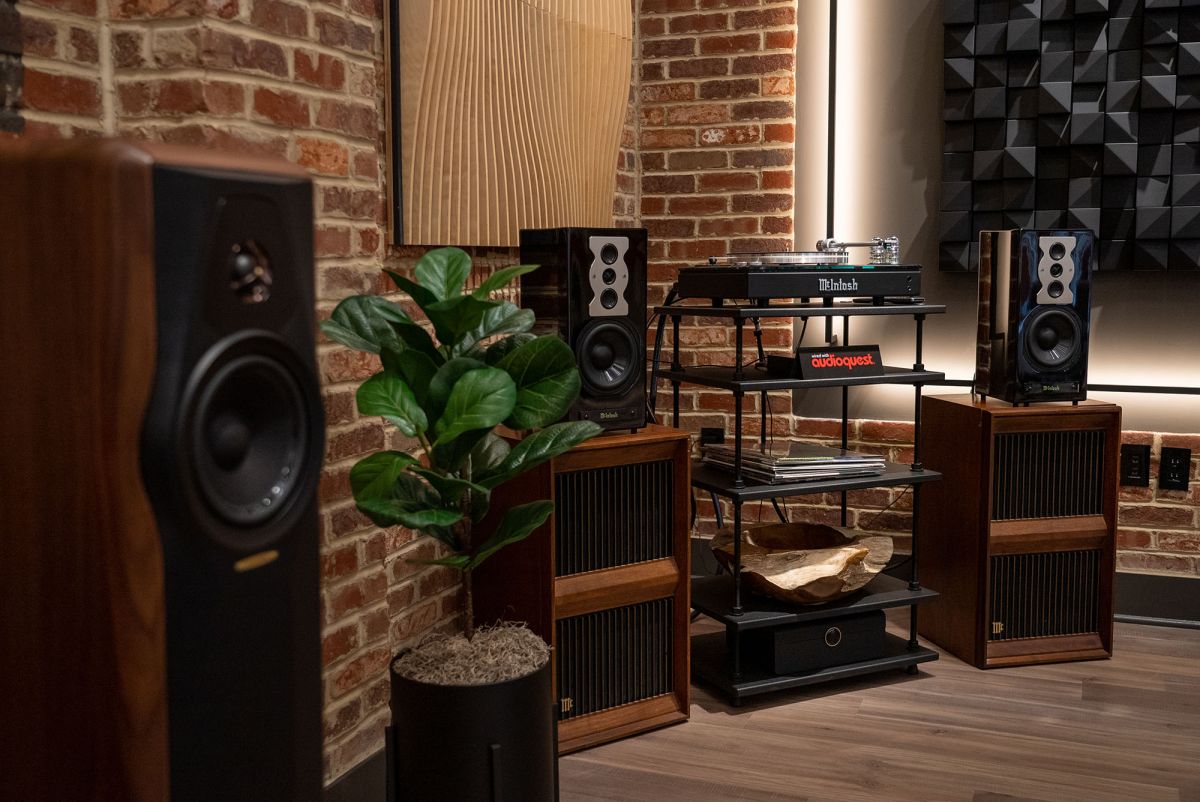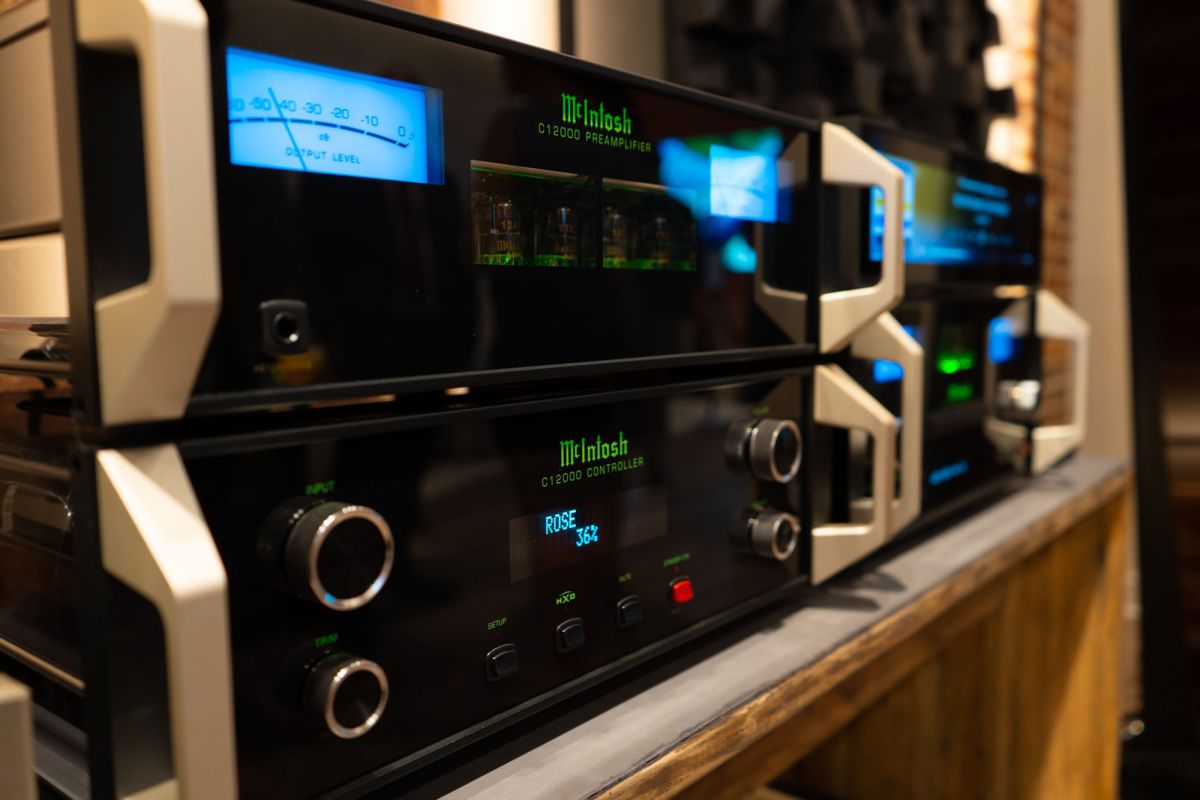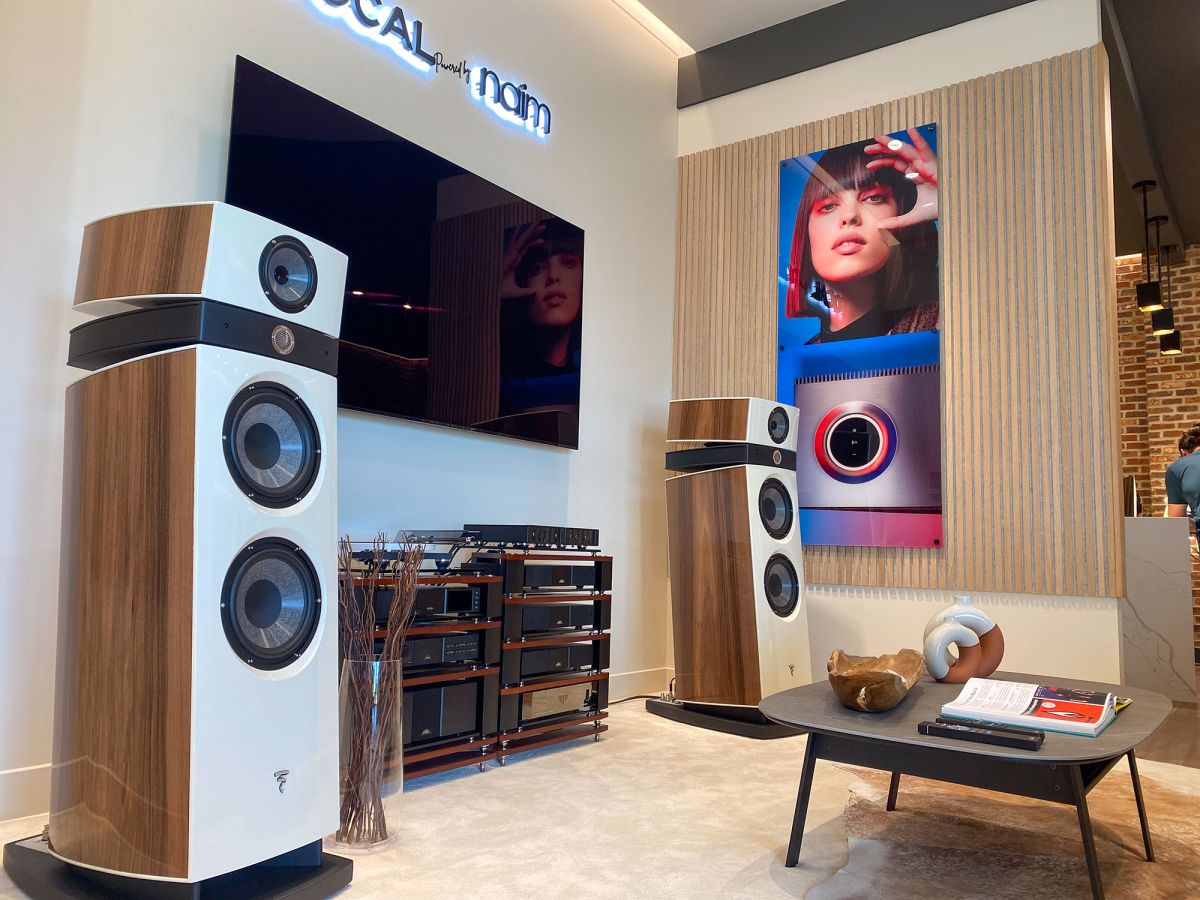- 06.02.2023
- leticia
- About Gramophone Inspiration
What is the Greater Purpose of High-End Hi-Fi?

Hi-Fi is an awesome hobby. I’m sure that if you are even reading this A/V blog, you would agree. In this hobby, there exist differing layers or tiers of products. Some gear is more expensive, some are voiced in a particular way and very much on purpose, and some also have a certain aesthetic appearance. Some serve different purposes, a specific niche. Examples are big tower speakers for maximum quality two-channel listening, or in-wall speakers placed all around for theater use. But even these can be “hi-fi” to an extent as high-quality, musically faithful options exist. The question we ask today is: why Hi-Fi? Specifically, why are the really high-end options, like the Sonus faber Aida, or the Focal Maestro Utopia Evo now on display in our new Experience Center Showroom? What makes them desirable? Why do they exist, beyond someone just listening to luxury loudspeakers that are in the same price bracket as an exotic automobile? To start, let’s talk about music and why it is so valuable and important.
Basically most folks, at some level, love music. Some may not get into this hobby and spend a noteworthy amount of money on enjoying it, but almost everyone loves music. Why? I will try to answer that through some of my experience and philosophy. My favorite thing about music, especially when it is reproduced as faithfully and truthfully as possible, is that so much of it can be a form of therapy. Music can be so much more than mere entertainment or recreation. It’s passion, it’s emotion, it’s an expression, all of it a microcosm of the human experience and life. Almost every culture from every age, with any and every philosophy or belief system, has made music and performed it for all imaginable reasons. They sing and play to celebrate, to tell stories, to uplift and edify, to grieve, to call out, to comfort, to mourn. Ultimately music helps express and reach their own hearts and minds, as well as the hearts and minds of others.
Music often transcends spoken language. You can listen to songs that are being sung in tongues you do not know, but you can still feel almost precisely what it communicates anyway. Heartfelt music, written with honesty and richness, and performed with passion and dedication touches the listeners’ spirit. This is one of the finer things that remind us of a greater narrative in which we all exist. The unbridled enjoyment of music reminds us, even subconsciously, that we aren’t the main character of what we thought was just our story. Rather, we feel the passion written into that song and released by its performance. By hearing it with our ears, our eyes can open to the bigger picture that we sometimes forget. There is such a unique and authentic joy in that connection. A receiving, then a recognition, then an understanding, and then, in some cases at least: a revelation.
With that understanding of the value of music, it begins to make a little more sense as to why some invest so richly into its enjoyment; for simple entertainment, or better yet that genuinely therapeutic quality. Equipment on the epic level such as what we are now very pleased to be able to feature in the new Gramophone Experience Center has been made to provide the truest expression of music at least in terms of reproduction at home. These things are lofty in cost, but also lofty in experience. It is not a stretch to say that if you want to have a repeatable religious experience, with your music on demand, this is what it takes. The only thing better? Mastering the instruments yourself, playing your favorite songs just like the artist, or being in the same room as they play in a good studio or setting. Since most don’t get to hang around our favorite artists much, and many of us aren’t musicians ourselves, at least not on the level of some of the greatest performers of all time, listening to it with a great product is the way.
So what does it take? A lot. As for the speakers: size and displacement, the highest quality drivers made of the best available materials, with precise tuning. Cabinets that are solid as a rock against resonance, while minimizing interference with the projected sound field. Speaker cabinets should all be fine furniture-grade works of art at this level. Electronics? Preamplifiers should be completely isolated from noise, often built into two separate Chassis; for example, the McIntosh C12000, on display in our new Experience Center. Power amplifiers capable of powering through massive dynamic swings and crescendos must also be able to whisper, with minimal noise floors. Creating anything that can be as gentle as it is violent is always a feat. This requires top-shelf internal components like capacitors, transistors, and monumental power supplies, usually resulting in finished products that have weights, looks, and specs that make you wonder if this is for audio, or for restarting the rotation of a dying planet.
A system is only as good as its sources. Great streaming music means accessing the widest variety of sources, while supporting the best/highest quality file types, delivered via a chart-topping DAC within itself or externally. The HIFI Rose RS-150B is an example. Finally, good cabling ties it all together, promoting the synergy that enables the system to exceed the sum of its parts.
So what is this experience like? Imagine being transported to the best conceivable concert performances of your favorite artists at the push of a button. The energy that fills the room is palpable at every last frequency. Bass-rich songs engulf you like jumping into a pool and gently sinking in, as liquid music suspends you. Cymbals and treble-rich details ricochet all around like a fast object bouncing off your walls. Vocal performances that sound larger than life and transcend what you thought were human limitations move you to awe. Midrange instrumentals, like the warmer notes of guitars, seem to actually change the room’s temperature and the slam of kick drums attacks like cannon fire. Basically…it's unreal, poetic, almost miraculous.
There is one other purpose for these stratospheric products: they drive product development. When you give engineers a blank check and tell them to fulfill the desires of their blessed enthusiast hearts, you can bet huge money that they will create something awesome. A very useful and marketable side effect: what they learn through this R&D can often be scaled down and applied to more affordable products. We call this phenomenon “Trickle Down Technology.” Some vendors (for example, Bowers and Wilkins) even market this fact, and push it hard. Look at B&W’s product series and plainly see that DNA from the 800 Series, for example, still has an expression in the 700 Series. We owe a “thank you” to folks who have the means to invest in mega hi-fi. They effectively help fund and promote the design of products that the rest of us consider. Without them, more accessible products would not be as good as they are today. Successive generations of products often have more performance per dollar than prior ones. In other words, our dollars are going further and further. Today even enthusiasts like myself rarely turn our noses up at the entry to mid-level products, which have been seriously good lately, and the value they represent is pretty superb.
If you are considering a top-tier, maximum performance, life-changing stereo Hi-Fi system, or even if you’d just like to experience amazing audio for once - listening is free, so come see us. Gramophone’s new Experience Center is open. You’ll both see and hear why we call it an “EXPERIENCE!” The Sonus faber / McIntosh Reference and Focal Powered by Naim Utopia Evo systems will change your life: beautifully, marvelously, joyously change your life. ?





